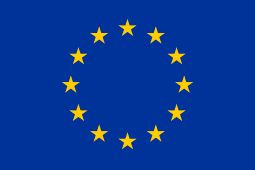Report on the Ancient Materials Training School
The « Ancient materials training school », funded by the OPEN SESAME project of the European Commission (GA n. 730943) was held from 13 to 18 May on the premises of The Cyprus Institute at Nicosia. The School aimed at presenting all the steps involved in the study of ancient materials with advanced photonic techniques including synchrotron, from sample preparation to data analysis.
Twenty-one participants funded by the Open Sesame project and one participant funded by the Groupement Interacadémique pour le Développement (GID) attended the School (eleven women and eleven men, with diverse academic or professional backgrounds). Several students from the Cyprus Institute were also invited. Courses and practical work sessions were supervised by nine scientists from institutions based in France (IPANEMA and ESRF, 3), in Jordan (SESAME, 2), in Cyprus (Cyprus Institute, 1) and in the USA (Stanford and Notre-Dame, 3).
The participants, selected under the supervision of an independent Scientific Committee (see below) came from Cyprus, Egypt, Iran, Jordan, Pakistan and Turkey. The diversity of their curriculum reflects the interdisciplinary environment of research conducted on ancient materials. Curators, restorers, archaeologists, chemical physicists benefited from training which gave them access to a basic level of knowledge of synchrotron techniques.
The format of the School aimed at fostering interactions between participants and at emphasising the importance of interdisciplinarity in the context of the elaboration of synchrotron projects dealing with ancient materials. Additionally, the School offered several courses on specific techniques. A workshop, run over the five days, gave attendees the opportunity to work in subgroups (4 people), with the aim of presenting to their peers at the end of the week their synchrotron project (study of Cypriot archaeological objects in picrolite, characterisation of Copt frescoes, technological study of use of copper alloys, etc.). Finally, two visits, one at Idalion, led by the archaeologist in charge of the excavations of the site, and the other one at the Cyprus Museum, led by one of its curators, extended the exchanges between the participants of the School and officials in charge of local collections.
The School was opened by the director of The Cyprus Institute, the Ambassador of France to Cyprus, and François Guinot, President of the GID. On the third day, the participants attended a conference given by Uwe Bergmann and Loïc Bertrand, on the occasion of the UNESCO celebration of the International Day of Light.
The participants gained more insight on what these synchrotron approaches can bring, in order to identify more precisely the analytical needs that should be expressed to require the use of synchrotron approaches for their research. Beyond these training objectives, this school allowed fruitful interactions with colleagues from Middle East institutions, a better understanding of their research projects and their expectations, in such a way that they can include and use synchrotron techniques in their future research.
Responsibles
Mathieu Thoury (IPANEMA), Loïc Bertrand (IPANEMA), Kirsi O. Lorentz (Cyprus Institute)
Organisational Committee
Sophie David, Regina Oprandi Legorre (IPANEMA), Kirsi Lorentz, Charalambos Chrysostomou (Cyprus Institute)
Scientific Committee
Gihan Kamel (SESAME, Amman, Jordanie), Jean-Paul Itié (Synchrotron SOLEIL), Claire Pacheco (C2RMF), Anita Quiles (IFAO, Le Caire, Egypte), Gulsu Simsek (Koç university, Istanbul, Turquie), Abderrahmane Tadjeddine (LCP)
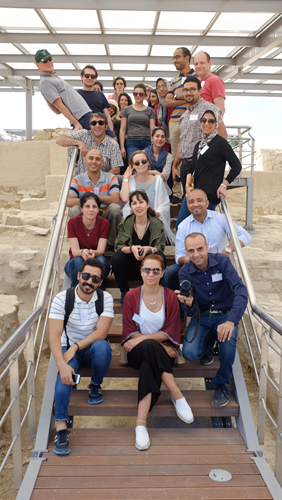
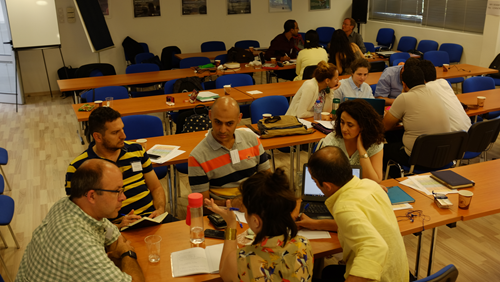
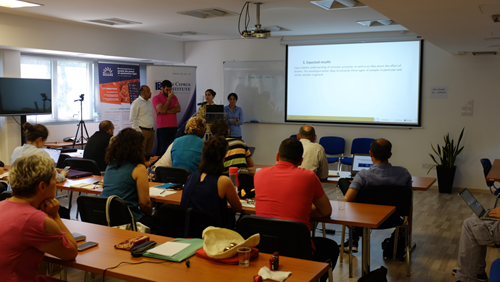
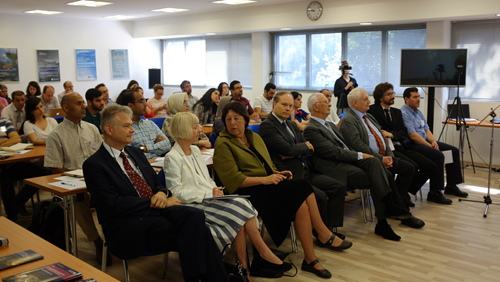
Pictures copyright © Mathieu Thoury, IPANEMA
